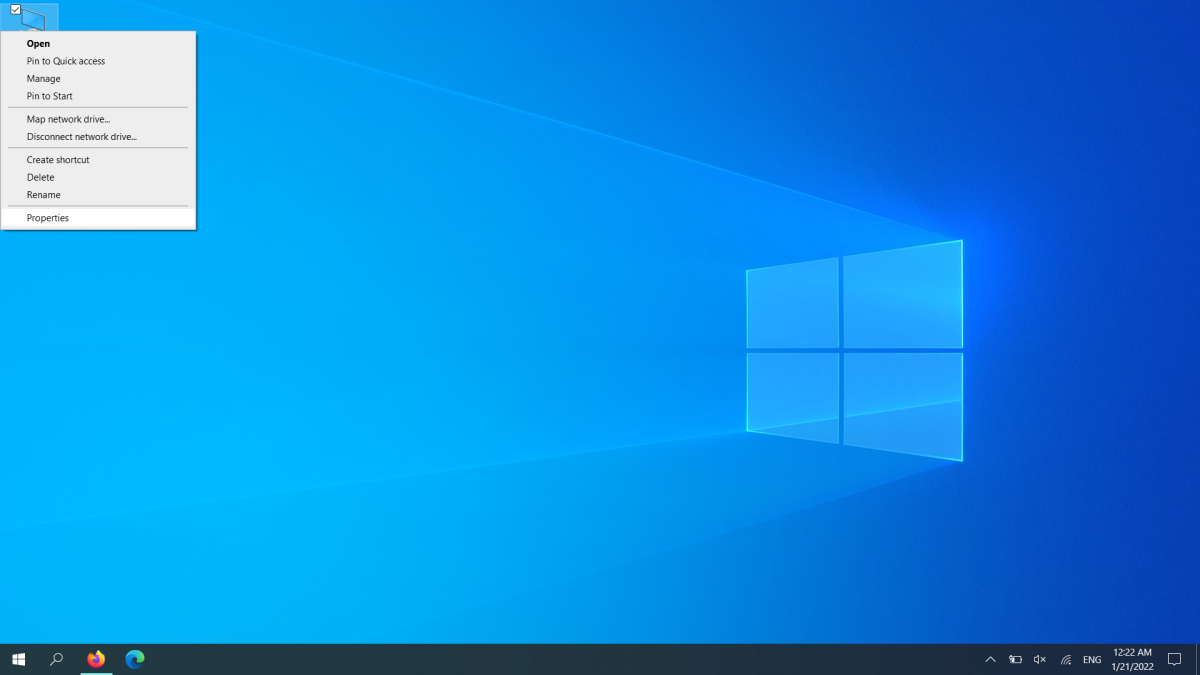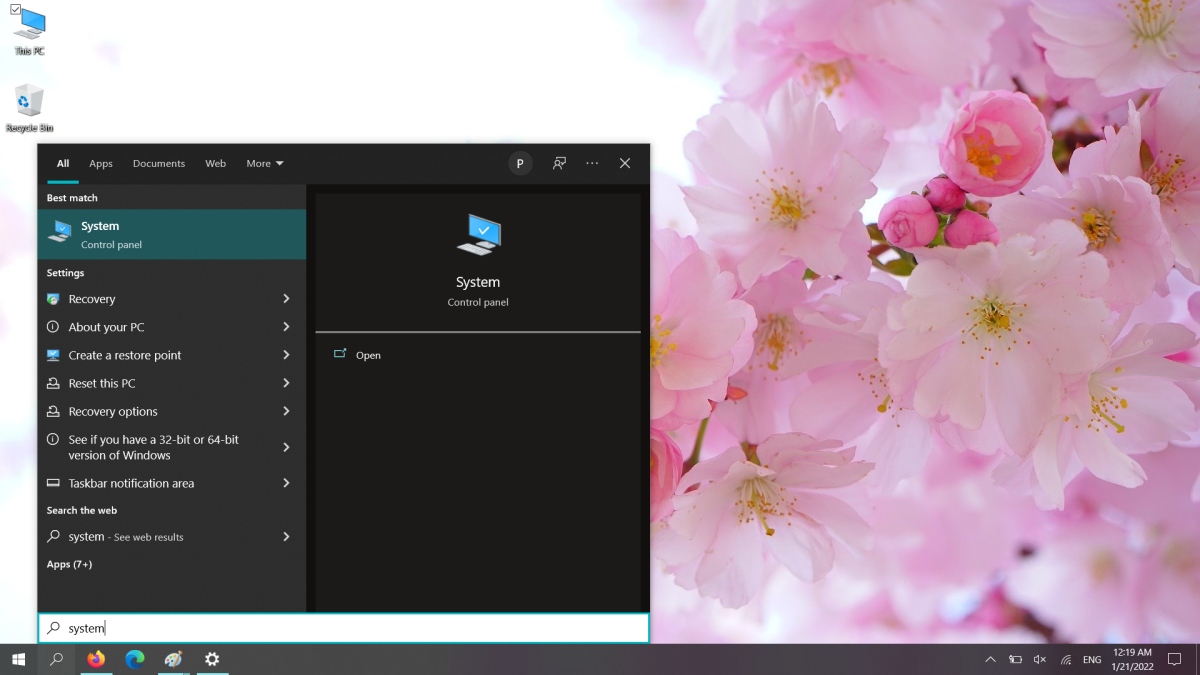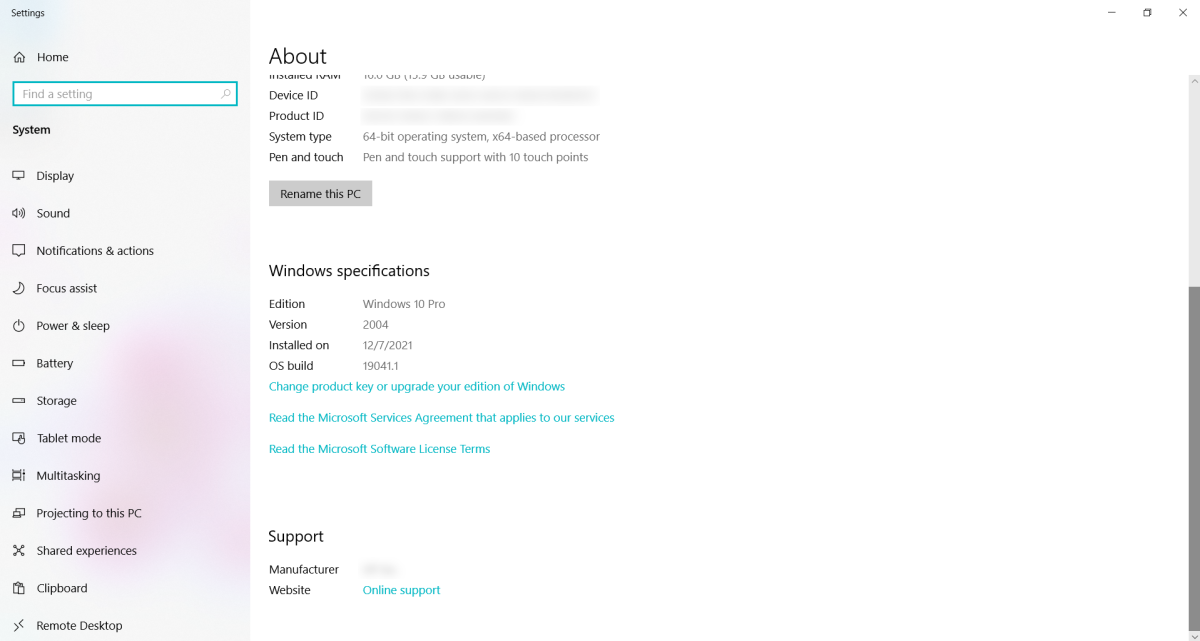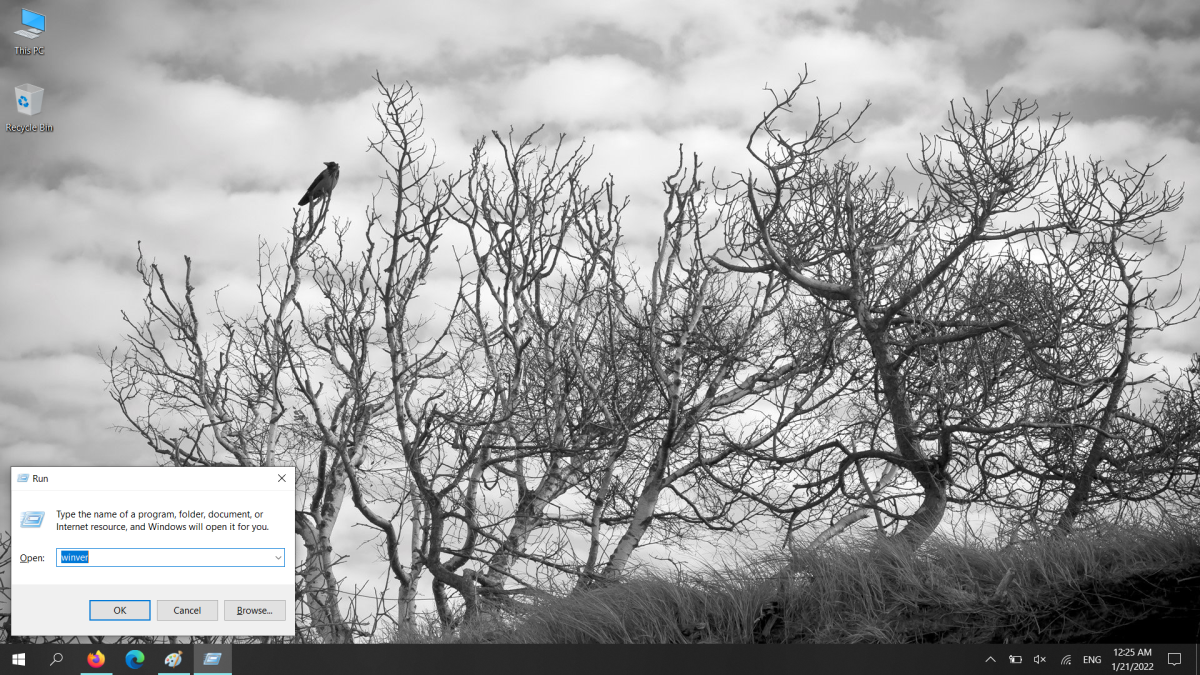 Image: Nothing Ahead
Image: Nothing Ahead
Ask someone which version of Windows they have, and they might already know if it’s Windows 7, 8.1, 10, or 11. (By the way, if you’re on Windows 7, we recommend upgrading—it’s past its end of life.)
But equally important is the edition you have—that is, if you’re running Home or Pro. Some features are only available to you with Windows Pro, like BitLocker, which allows you to encrypt your storage drive.
Regardless which bit of information you need, figuring out exactly which Windows you’re running is easy. You can do it one of several ways:
Method 1: Via the This PC icon on your desktop

PCWorld
PCWorld
PCWorld
If you have the This PC icon showing on your Windows desktop, you can simply right-click on it, and choose Properties. The System window will appear. You’ll find your Windows version and edition at the top.
Method 2: Via Windows search

PCWorld
PCWorld
PCWorld
Press the Windows key on your keyboard or click on the Start icon in your taskbar, then enter system. A search result for System in the Control Panel should appear. Select that, and you should see a window that shows your Windows version and edition up top.
Method 3: Via Settings

PCWorld
PCWorld
PCWorld
After clicking on the Start icon in your taskbar or pressing the Windows key on your keyboard, type about your pc. A search result for About your PC under Settings should appear. Select it, and then scroll down to Windows specifications in the window that appears.
Method 4: Via the Control Panel

PCWorld
PCWorld
PCWorld
For the old-school crowd, you can bring up the Control Panel, then select System. (You may need to first change your View By settings to either large or small icons.) When that window appears, your Windows version and edition is right at the top.
Method 5: Via the Run window

PCWorld
PCWorld
PCWorld
On your keyboard, press the Windows key + R. The Run command window will appear. Type winver into the text box, and then hit enter. Toward the middle of the window, a big block of copyright info will start off with your Windows version and edition.
Looking to upgrade?
Are you checking your version of Windows because you’re interested in moving up to Windows 11 and want to know what to expect on the other side? Be sure to also check out our Windows 11 upgrade checklist, as well as our instructions for how to perform the upgrade. If you’re instead seeking more features for Windows 10, we’ve got a guide on how to upgrade from Windows 10 Home to Pro.
And for anyone trying to get onto Windows 10 from Win 7 or 8.1, read up on the cheap (and even free) ways you can make the jump. It’s the first step you should take in order to get a free upgrade to Windows 11—you can save lots of money if you’re willing to invest a little time.



